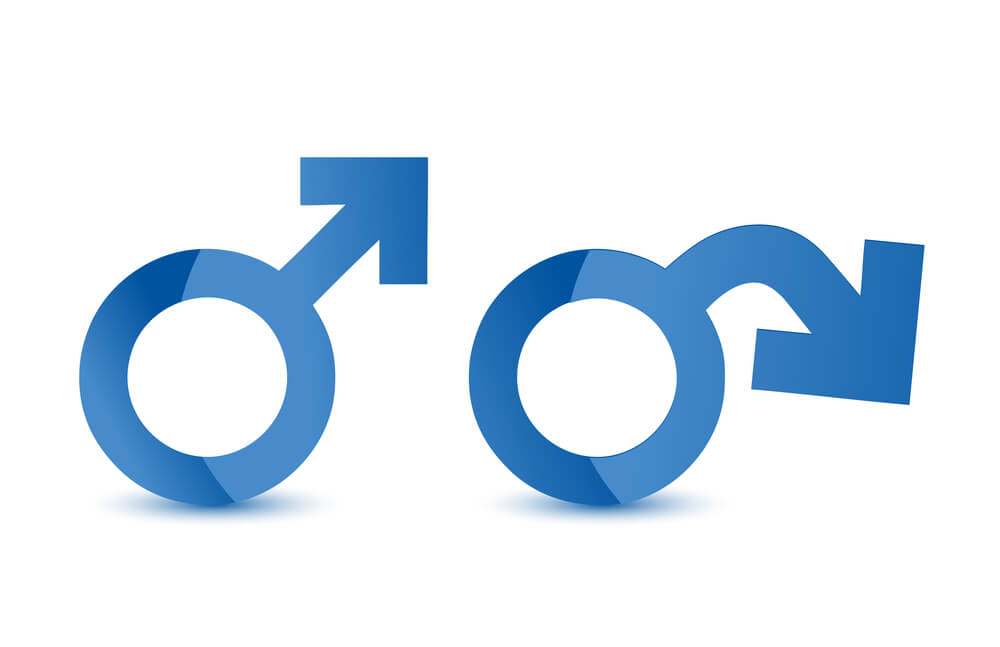Is there male menopause? Many middle-aged men notice symptoms such as loss of sexual appetite, overweight, tiredness, changes in sleep or discouragement. Some authors call hormonal, psychological and sexual symptomatology presented by middle-aged men or advanced testosterone deficiency syndrome (DSD). Professionals use the name andropausia, demonstrating the lack of consensus that still exists on the name and its characteristics.
If we look at complaints from different patients, men and women may not be as different. Until a few years ago, symptoms of known menopause were reported only in women; however, now this has changed and a term has also been created for male symptomatology: andropausia.
- Obviously.
- Hormone levels and physical characteristics are very different depending on sex.
- But some bodily changes can lead to similar diseases.
- In this sense science advances day by day to better understand this topic.
“TSD is present in up to 7% of men under the age of 60, but this figure rises to 20% when men spend the sixth decade of life” – Jorge Aranda Lozano and Rocao Sierra Labarta-
Testosterone levels in men begin to decrease from age 40, from about 1% to 2% each year. As reported in the European Journal of Pain, testosterone is present in both sexes, but its concentration is higher in men, being responsible for hormonal changes and growth of muscles, bones and sex organs.
Therefore, it is not surprising that reducing levels of this hormone can cause symptoms related to sexual functions, such as sexual desire, erection capacity or sperm production, in addition to the sexual area, other functions such as sleep may also be affected.
‘Unlike the sudden decline in climatic women’s hormones, testosterone reduction in men is done slowly and with fewer symptoms. ‘ – Janosch Deeg-
If there is a testosterone deficiency, also known as hypogonadism, and doctors confirm the diagnosis, it can be resolved with hormone therapy. The current problem is that some men abuse hormone treatments without any control or identification of their need.
U. S. medical entities themselves have noted that these treatments are only indicated for people with a disease or injury that affects their permanent testosterone levels, but not for men going through a normal aging process.
Testosterone patches, pills or injections should not be used without control: this type of practice can present significant health risks.
Recent research published by the Spanish journal Mind and Brain confirms the existence of this diagnosis. Frank Sommer, urologist at the University Clinic in Hamburg?Eppendorf, the world’s leading male health specialist, criticizes the lack of medical knowledge to name such symptoms in men.
As mentioned above, some professionals apply the name andropausia, while others use different diagnostic labels, such as Testosterone Deficiency Syndrome (SDT); however, the symptoms of patients are the same, regardless of their name.
According to this urologist, the men who visit it do not have the typical female menopause, but describe very similar symptoms, which are usually manifested by hormonal changes that occur over the years.
Sommer proposes to divide symptoms of Testosterone Deficiency Syndrome (TDS) into three categories: psychological, physical and sexual factors. If a patient develops symptoms in all three areas, as well as low testosterone levels, then TDS is diagnosed.
The intention is that, with this criterion, the diagnosis is not only based on hormonal signals, but that other concomitant symptoms, such as psychological symptoms, are also important.
This categorization can also prevent misdiagnosis and abuse of hormone treatments in patients who may benefit from other therapeutic approaches.
Hormone treatments used to treat STDs, as well as for other pathologies, are highly controversial; on the one hand, research results show positive results in improving patients.
Many men with DST undergo hormone therapies and their symptoms go away. Criticism from doctors about the scarcity of long-term knowledge about possible side effects, such as diseases of the circulatory system (stroke or heart attack).
Hormone treatments should not be the norm in case of andropausia, according to medical specialists, the symptoms presented by some men are not due to low testosterone levels, but can be caused by a psychological crisis arising from life changes that must be faced at this new stage In these cases, psychotherapeutic rather than hormonal treatment is recommended.
Stressful lifestyles, partner problems, body changes or life crises can lead to physical and psychological discomfort, many professionals agree that some men’s symptoms can be treated with psychological therapy, as this is an important help in dealing with emotional changes that occur over time.
It is also important to improve daily practices, such as routine diet and exercise, to alleviate many symptoms.
Changes that occur over time can be difficult to accept. Some personal and relational conflicts make it harder to maintain the vitality you once had.
Physical changes and health problems can also have a big influence on mood. In this sense, the psychological approach can be the compass that shows the way to enjoy the present and the future, as well as help shape the history of the past.
Psychological counseling can be a great help in learning how to cope with andropausia and manage this new stage of life.

